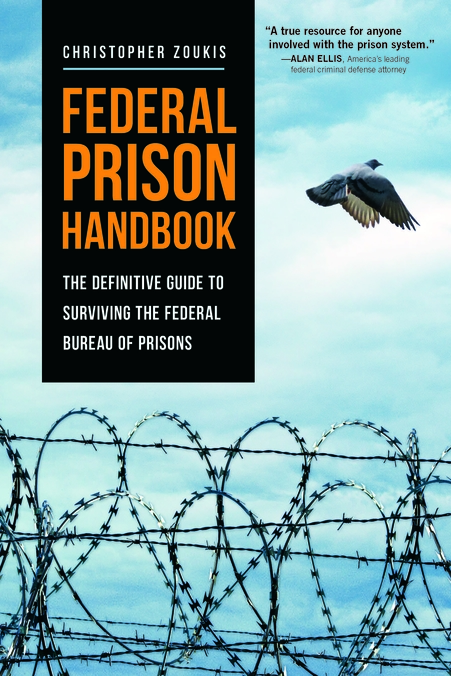FBI Using Private Ancestry Databases to Zero in on Suspects
by Ed Lyon
It has not been long since former police officer Joseph James DeAngelo was identified as the Golden State Killer suspect, a shadowy figure accused of raping and killing his way to infamy, holding a fair portion of California terrorized for decades.
As a former cop, authorities said DeAngelo knew how to sidestep the many pitfalls that trip up most lawbreakers—except for the DNA he left behind long before the ability to unlock that double helix’s secrets was even a cloud in the far distant horizon.
Even with the wealth of DNA evidence in their possession, without a match in the FBI’s Combined DNA Index System (“CODIS”) database, investigators found their evidence as useful as a football bat. Then, someone had the idea of searching DNA databases for familial markers that were related. Once that information was in hand, a family-tree diagram could be built much like genealogists use to work backward to find the person whose DNA they already had.
As large as it is, CODIS had no DNA profile with even faint, far-reaching familial code markers with which to begin a genealogical diagram.
Apart from CODIS and the various state and local law enforcement agencies’ Rapid Access DNA database libraries, there still existed no familial genetic markers that came anywhere close to a match. Then, an out-of-the-box thinker ideated about the various DNA databases private companies operate for private citizens to use in tracing their ancestors and finding lost or missing relatives.
Ancestry.com has a database of 10,000,000 profiles; 23andMe claims a database of 5,000,000 DNA profiles. It was FamilyTree though, with only 1,000,000 DNA profiles in its database, which would give law enforcement the lead it needed to break the case.
FamilyTree has a Y-DNA database, unlike the others, which is unique in its ability to trace a person’s patrilineal ancestry that enabled investigators to build that family tree diagram with such accuracy that led them to DeAngelo.
FamilyTree had been served with a federal warrant seeking similar information on one of its DNA accounts in 2017, but that turned out to be a dead end.
Bennett Greenspan, CEO of FamilyTree’s parent company, stated: “We came to the conclusion that if law enforcement created accounts, with the same level of access to the database as the standard FamilyTree DNA user, they would not be violating user privacy and confidentiality.” So all it took to gain this limitless, warrantless, access to a private company’s DNA database was to open an account using the GSK’s DNA from a previous crime scene. The family tree that grew from the familial DNA markers found enabled police to identify and arrest former police officer DeAngelo.
Using that same technique of familial DNA matching, police in California, Florida, Maryland, and Washington State have solved cases with guidance from the FBI’s new Investigative Genealogy Unit.
FamilyTree has since announced that further searches of its DNA database by the FBI will generally be restricted to violent crimes and to identify the remains of unknown victims.
Greenspan stated that FamilyTree’s limited cooperation with the FBI “does not change our [company’s] policy never to sell or barter our customer’s private information with a third party.”
---
Source: buzzfeednews.com
As a digital subscriber to Criminal Legal News, you can access full text and downloads for this and other premium content.
Already a subscriber? Login





